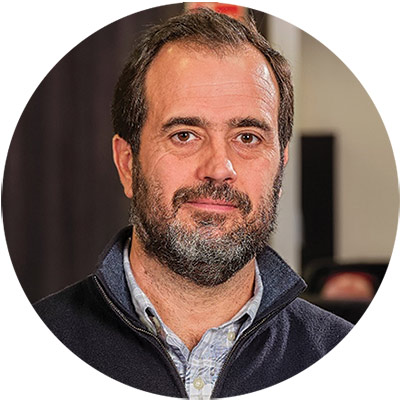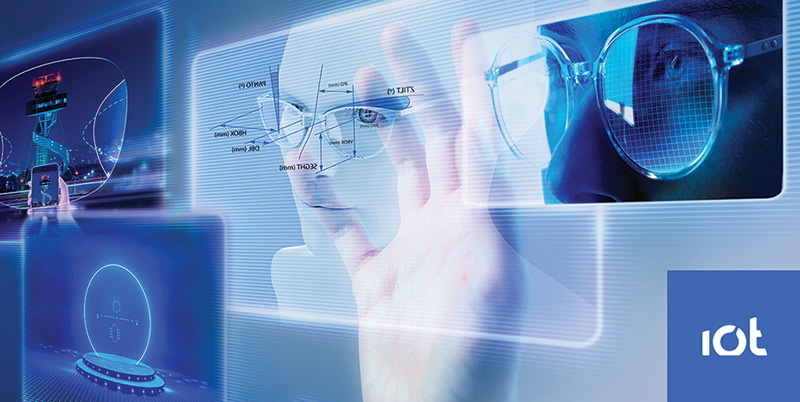Sponsored by IOT

IOT CEO and president Daniel Crespo describes the key IOT characteristics that help laboratories deliver excellent free-form lenses to every patient, every time. If you have never met him or heard him speak, you’re missing something special. The passion and commitment to excellence he brings to his life’s work are evident, as are the academic roots that helped him grow his lens software company. We asked Daniel what it takes to make exceptional lenses. While a written interview cannot capture all that is Daniel Crespo, it certainly explains why his company continues to flourish.
–Deborah Kotob

The first thing you need is a good lens calculation software.
Nowadays, there are many companies, big and small, that offer lens design software—what we call LDS. It has been more than 20 years since free-form lens technology was invented, and several companies around the world have figured out how to calculate free-form lens progressives.
Not all lens design software is the same.
To leverage the advantages of free-form lenses, a good calculation system has to implement ray-tracing, so it is able to simulate the properties of the wavefront reaching the fovea from all directions of sight. It also must be able to perform a complex optimization that guarantees that the “quality of vision” is the best possible for any direction of sight.
Good simulation and good optimization, performed in a short calculation time, are the first requisites to make a good lens that can be optimized for the wearer and provide a good progressive lens for any prescription, on any material, any base curve and any frame. Many LDS companies use basic geometrical calculations or partial optimizations; they provide just OK lenses that tend to underperform for the most demanding wearers.
Vision quality cannot be defined mathematically.
At the heart of lens calculation is the concept of “quality of vision” for each direction of sight. Vision quality is what differentiates great lenses from the rest. What affects a wearer’s perception? What is bothersome? What is annoying? The answers are not provided by mathematical formulas. Nor can they be found in scientific literature.
Instead, you learn the answers as you make millions and millions of lenses, and you get feedback from hundreds of labs every day, for many years.
Most importantly, quality is something that you learn as you conduct careful clinical wearer studies under perfectly controlled circumstances and with sophisticated testing protocols. At IOT, our highly specialized team for wearer trials composed of optometrists, physicists and mathematicians sees patients every day.
Learning what true quality of vision means takes years of effort and investment. Only a handful of companies in the world, including IOT, have the resources, the trajectory, the knowledge and the desire to do so.
Free-form is a complicated process for labs to optimize and maintain properly.
Even with sophisticated LDS calculations and strong clinical support, wearer satisfaction demands exceptional laboratory manufacturing. IOT trials demonstrate that common manufacturing errors reduce lens performance. You can have the best lens design in the world, but if you are not running a finely tuned free-form process, your lenses will miss the mark.
To run a good free-form process, it’s fundamental that the LDS provider and the lab work closely together to ensure lenses meet the necessary quality requirements and reproduce accurately the intended theoretical behavior.
Our team of engineers share years of lens design and free-form process experience.
The IOT support team works with customers every day to ensure that lenses produced with our software meet the highest quality standards for prescriptions, materials and the myriad details that good lenses require.
Providing such exemplary technical service requires the industry’s best professionals, years of experience, significant investment and a strong commitment to quality throughout the whole organization. I think it is fair to say IOT leads the industry when it comes to supporting labs and helping them leverage the potential that free-form technology offers.
Good calculation software, good clinical knowledge, good process support and a lab with good machinery and a strong commitment to quality—only when you combine all these elements can you make the best possible lenses. At IOT, we dedicate significant resources to providing the first three ingredients. Our customers deliver the rest.













